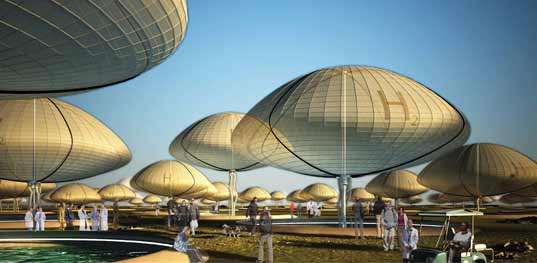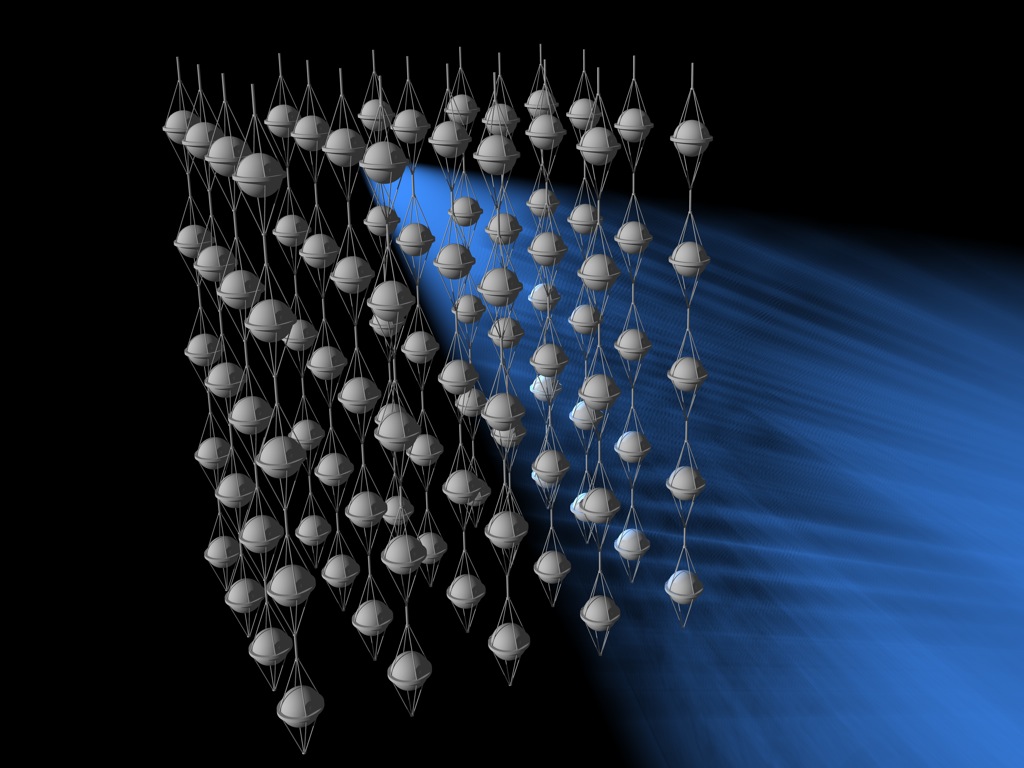Something that came up repeatedly in the review this week is the importance of not assuming that the effect of any implemented system or approach is either neutral or exclusively beneficial. Sediment transfer, water diversion, carbon sequestering, may have a number of unexpected consequences. It is important that to not assume that the best intentions always produce the best results. This is useful to us in two ways. It is desirable to explore and speculate on what those other effects might be in order to further define the performative parameters of the systems, but there is also an opportunity to explore the social effects and feedback that may be possible. This is unquestionably a significant aspect of the all of the projects and one that cannot be solved by any proposed technical program alone. It will require some speculation which will in turn open up new avenues of exploration.
I'm reminded of a fairly light but potent example. Below is the text of a the opening skit from Al Gore's appearance on SNL a few years ago. The video has been pulled from You Tube due to copyright, but the transcript is still pretty effective. The premise is a presidential address in a parallel universe where Gore won the 2000 election.
AL GORE: "Good evening my fellow Americans. In 2000 when you overwhelmingly made the decision to elect me as your 43rd President, I knew the road ahead would be difficult. We have accomplished so much, yet challenges lie ahead.
In the last six years, we have been able to stop global warming. No one could have predicted the negative results of this. Glaciers that once were melting are now on the attack. As you know, these renegade glaciers have already captured parts of upper Michigan and northern Maine. But I assure you, we will not let the glaciers win.
Right now in the second week of May 2006, we are facing perhaps the worst gas crisis in history.
We have way too much gasoline! Gas is down to nineteen cents a gallon and the oil companies are hurting. I know that I am partly to blame, by insisting that cars run on trash.
I am therefore proposing a Federal bail-out to our oil companies because hey, if it were the other way around, you know the oil companies would help us.
On a positive note, we worked hard to save welfare, fix Social Security, and of course, provide the universal health care we all enjoy today. But all this came at a high cost. As I speak, the gigantic National Budget Surplus is down to a perilously low 11 trillion dollars. And don't get any ideas. That money is staying in the very successful lock box. We're not touching it. Of course, we could give economic aid to China or lend money to the Saudis again, but right now we are already so loved by everyone in the world that American tourists can't even go over to Europe anymore without getting hugged.
There are some of you would like to spend our money on some made-up war. To you I say, "what part of lockbox don't you understand?" What if there's a hurricane or a tornado? Unlikely I know, because of the anti-hurricane and tornado machine I was instrumental in helping to develop…but what if? What if the scientists are right and one of those giant glaciers hits Boston? That's why we have the lockbox.
As for immigration, solving that came at a heavy cost, and I personally regret the loss of California. However, the new Mexifornian economy is strong and El Presidente Schwarzenegger is doing a great job.
There have been some setbacks. Unfortunately, the confirmation process for Supreme Court Justice Michael Moore was bitter and divisive. However, I could not be more proud of how the House and Senate pulled together to confirm the nomination of Chief Justice George Clooney.
Baseball, our national pastime, still lies under the shadow of steroid accusations. But I have faith in Baseball Commissioner George W. Bush when he says, "we will find the steroid users if we have to tap every phone in America."
In 2001, when I came into office, our national security was the most important issue. The threat of terrorism was real. Who knew that six years later, Afghanistan would be the most popular spring break destination, or that Six Flags Tehran is the fastest growing amusement park in the Mideast, and the scariest thing we Americas have to fear is … Live From New York, It's Saturday Night!"

















